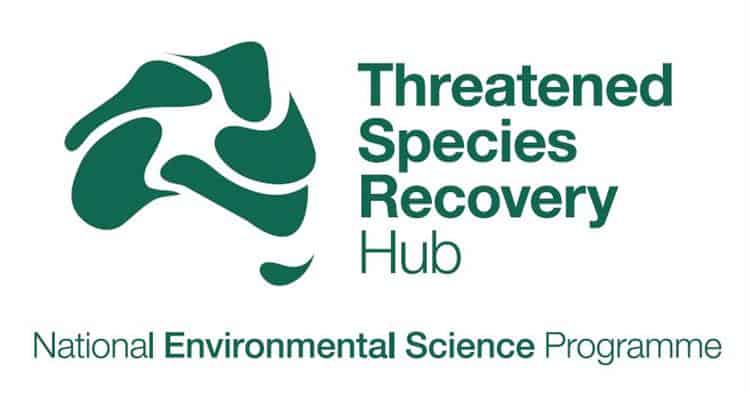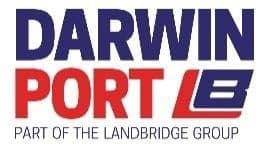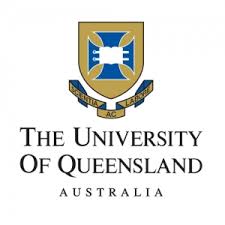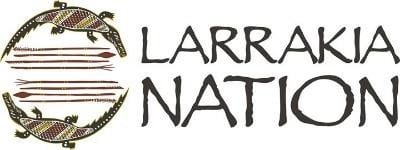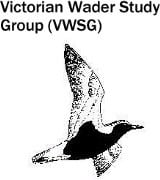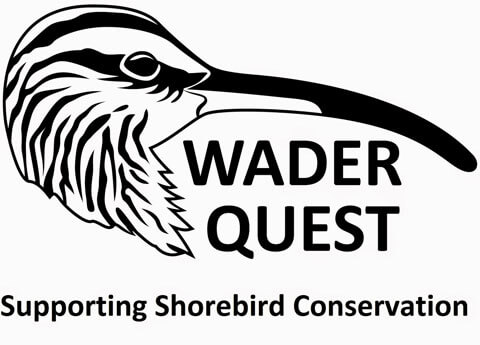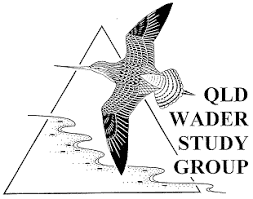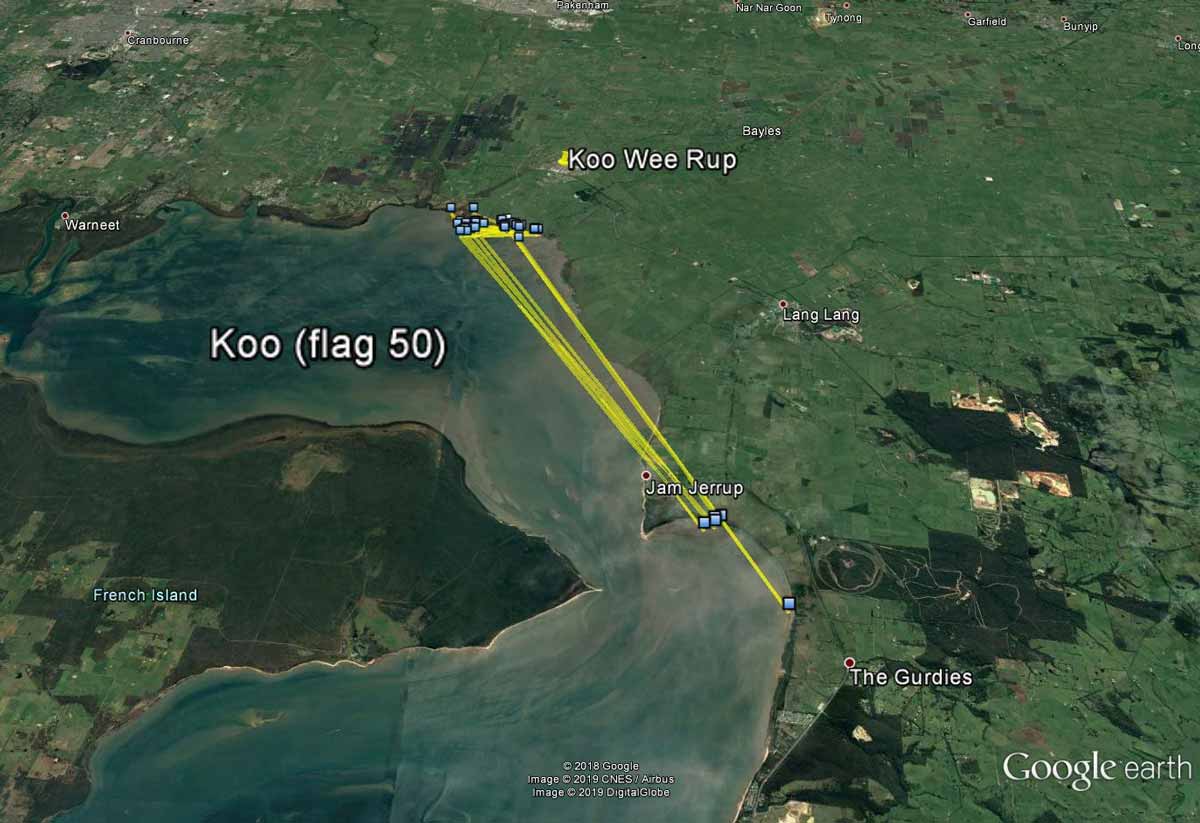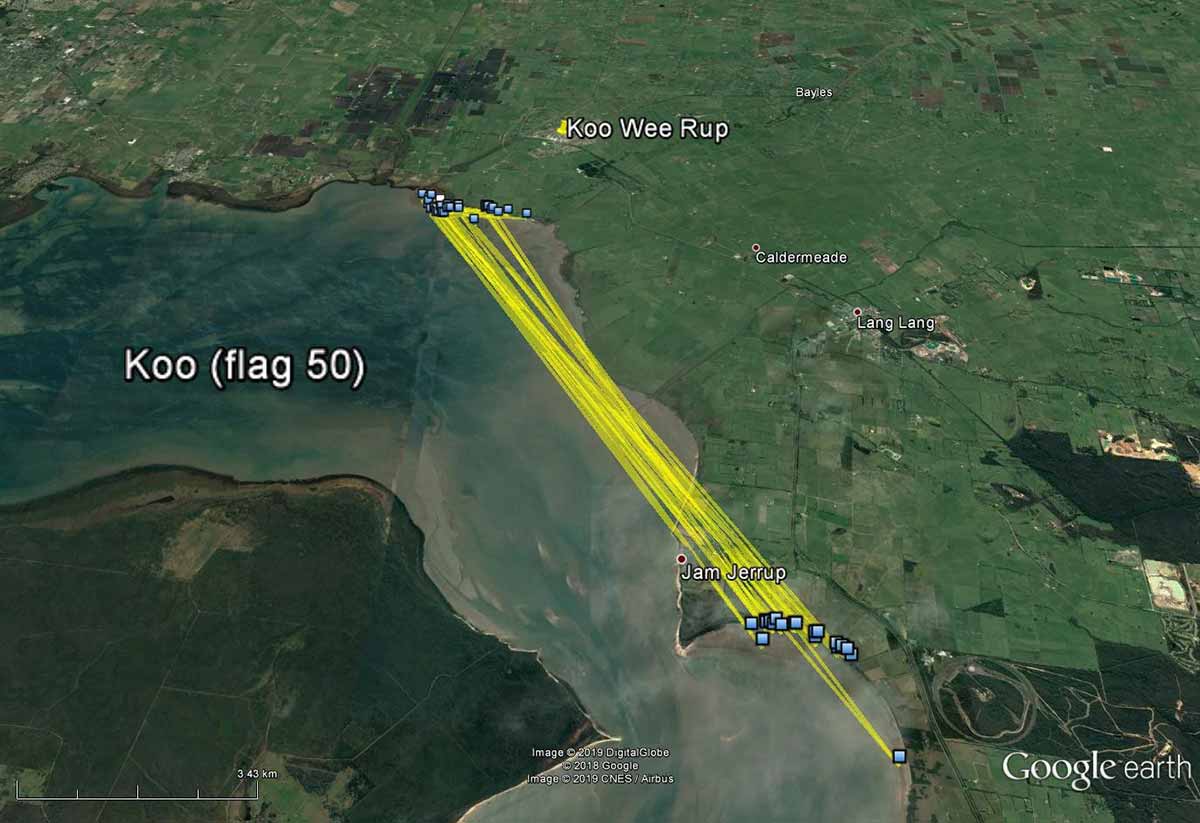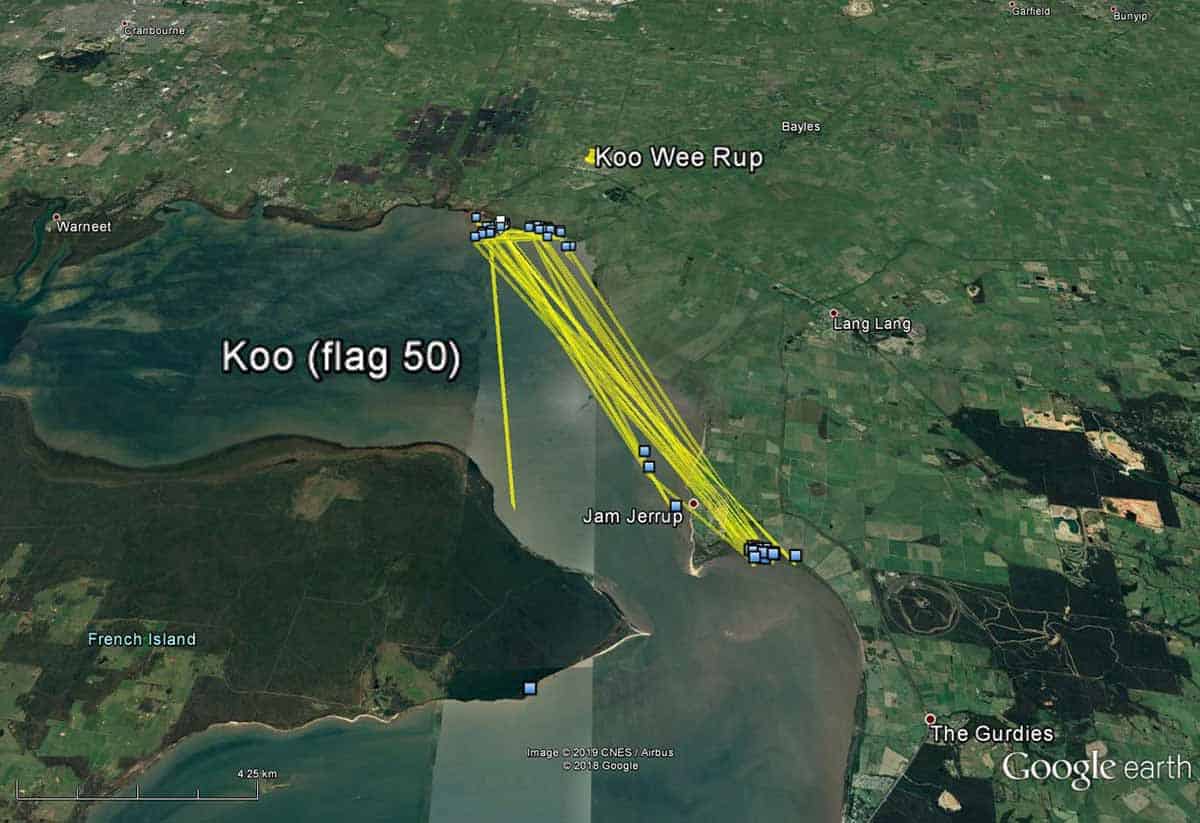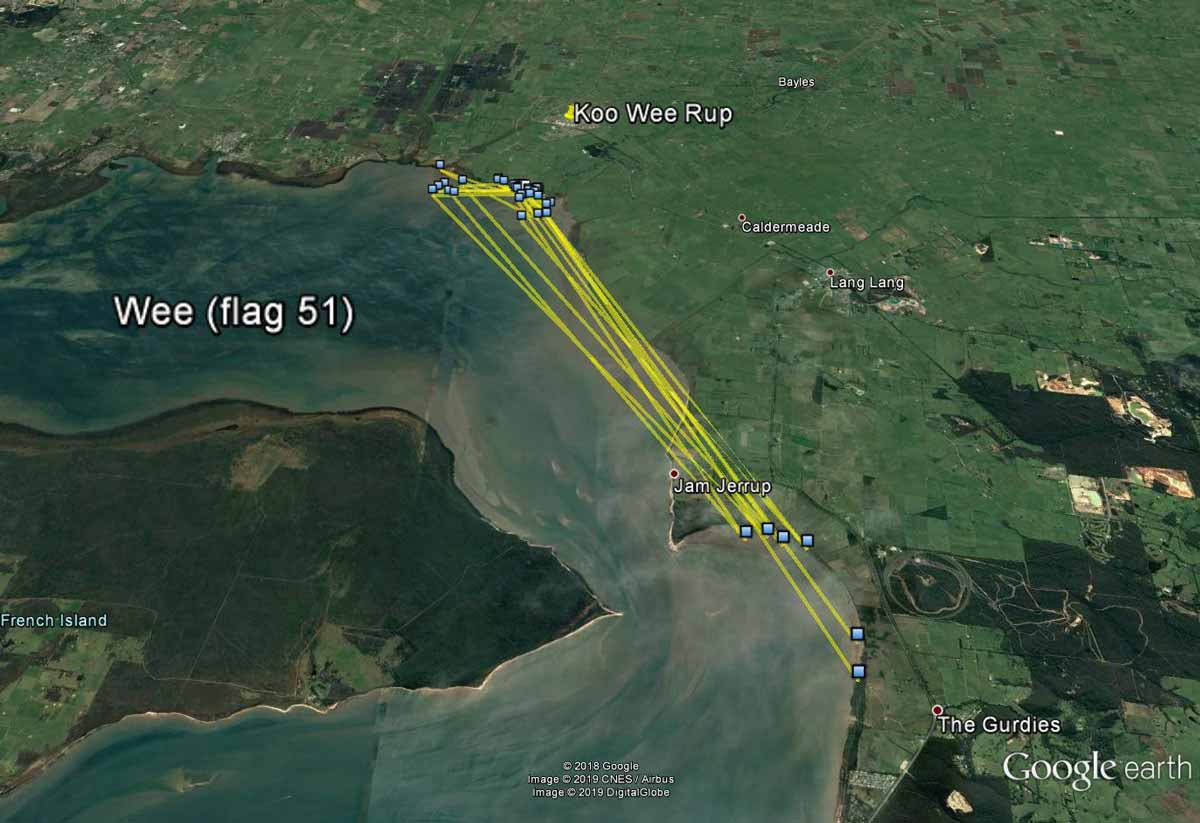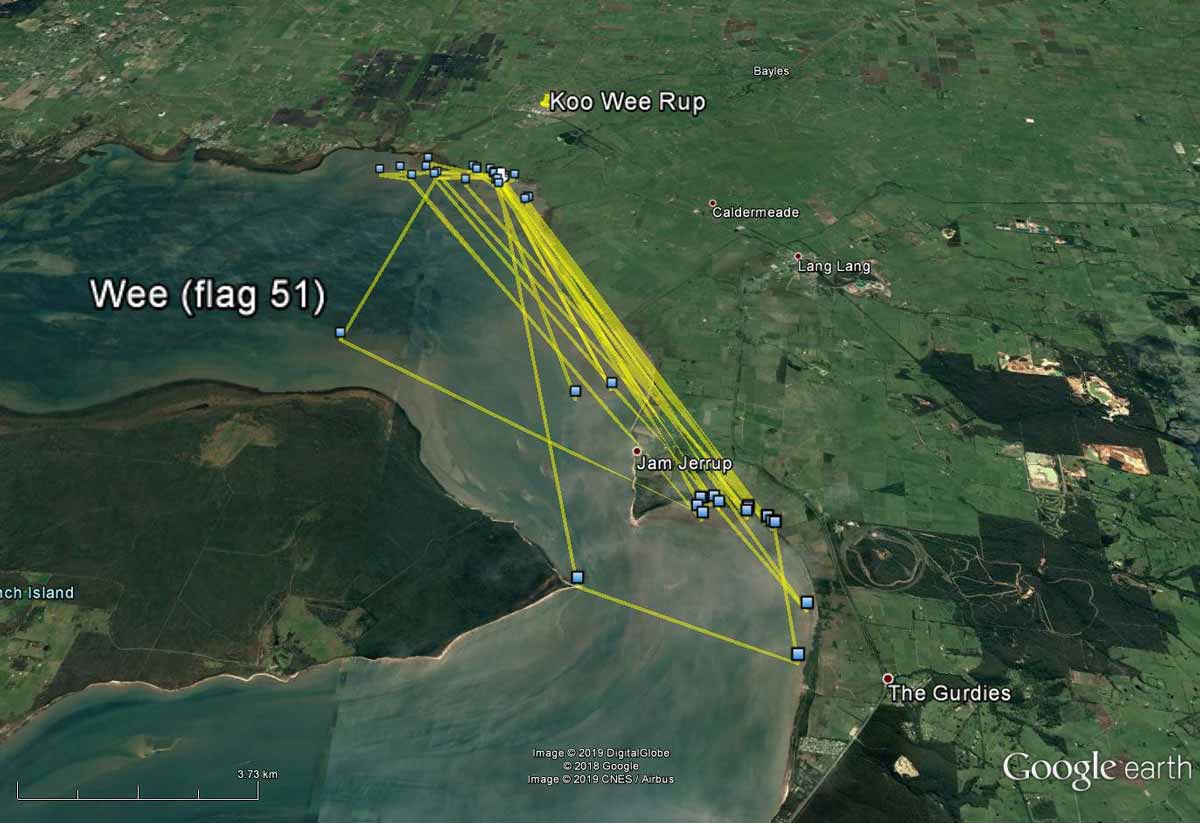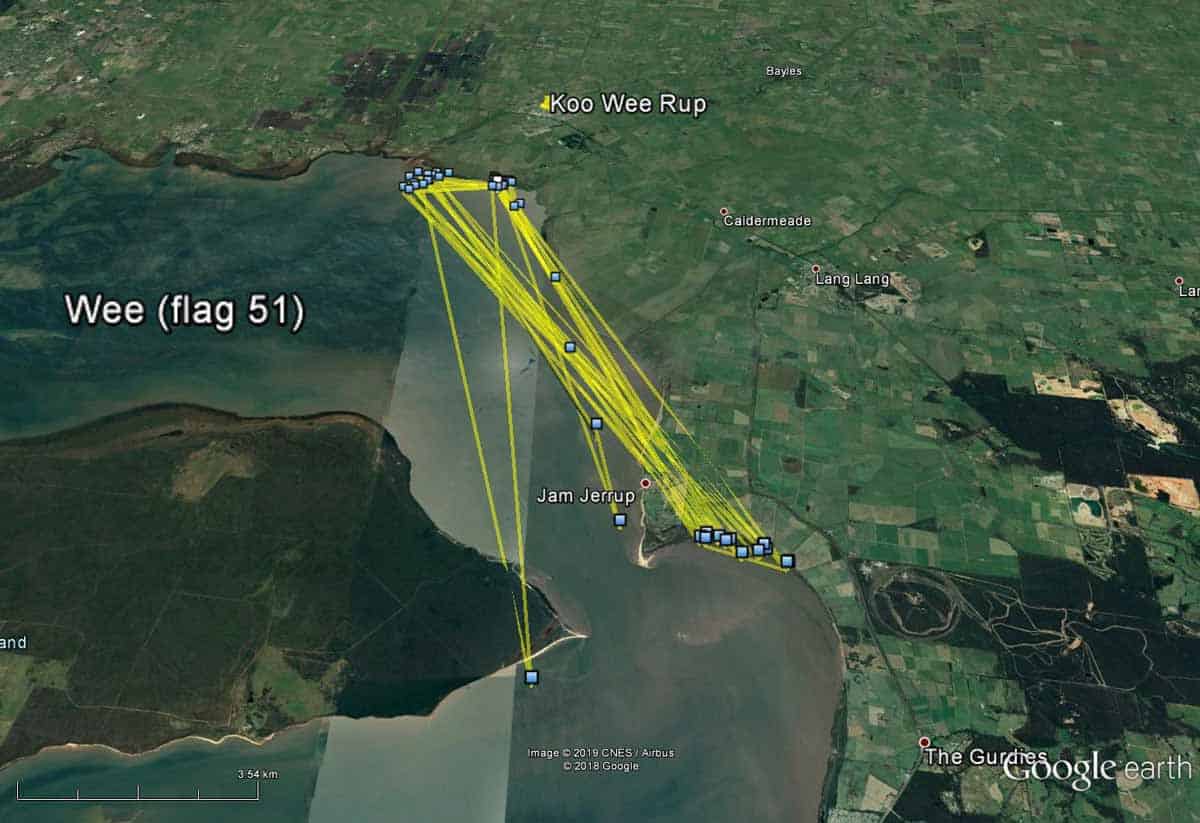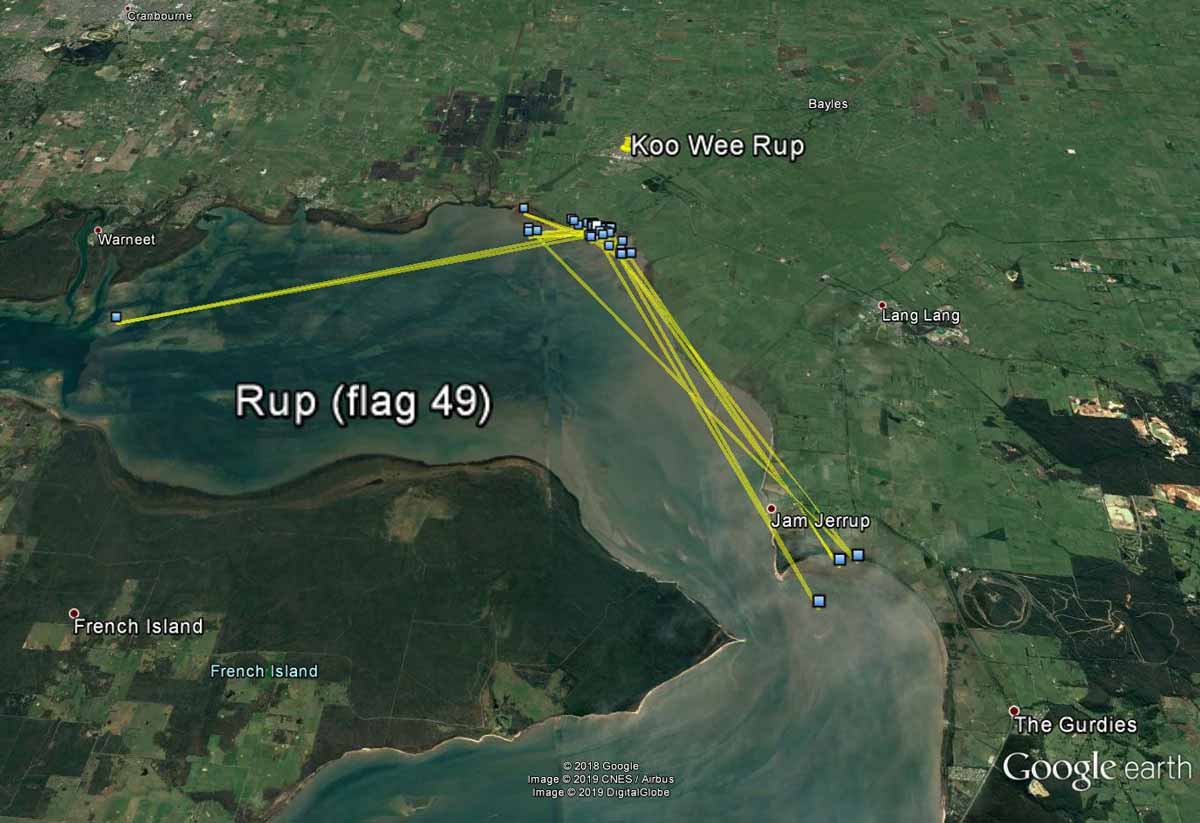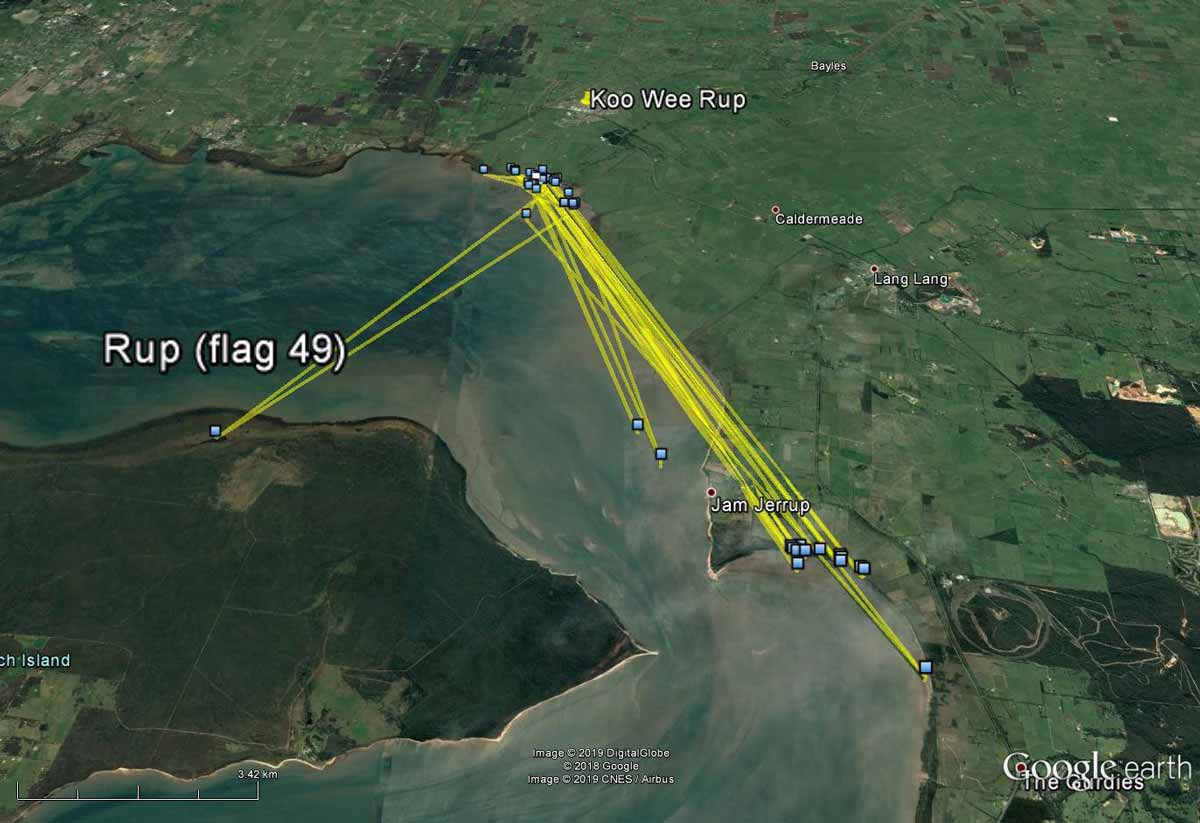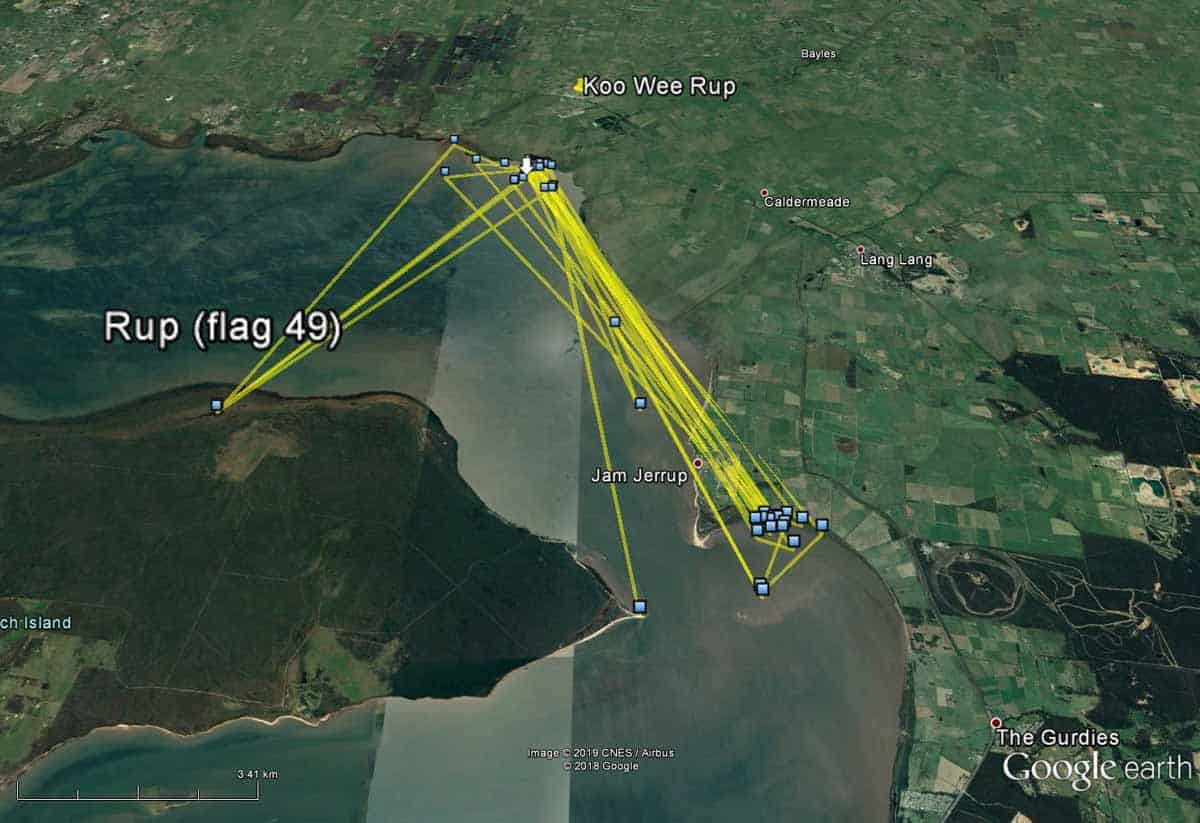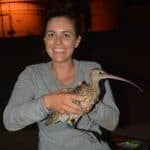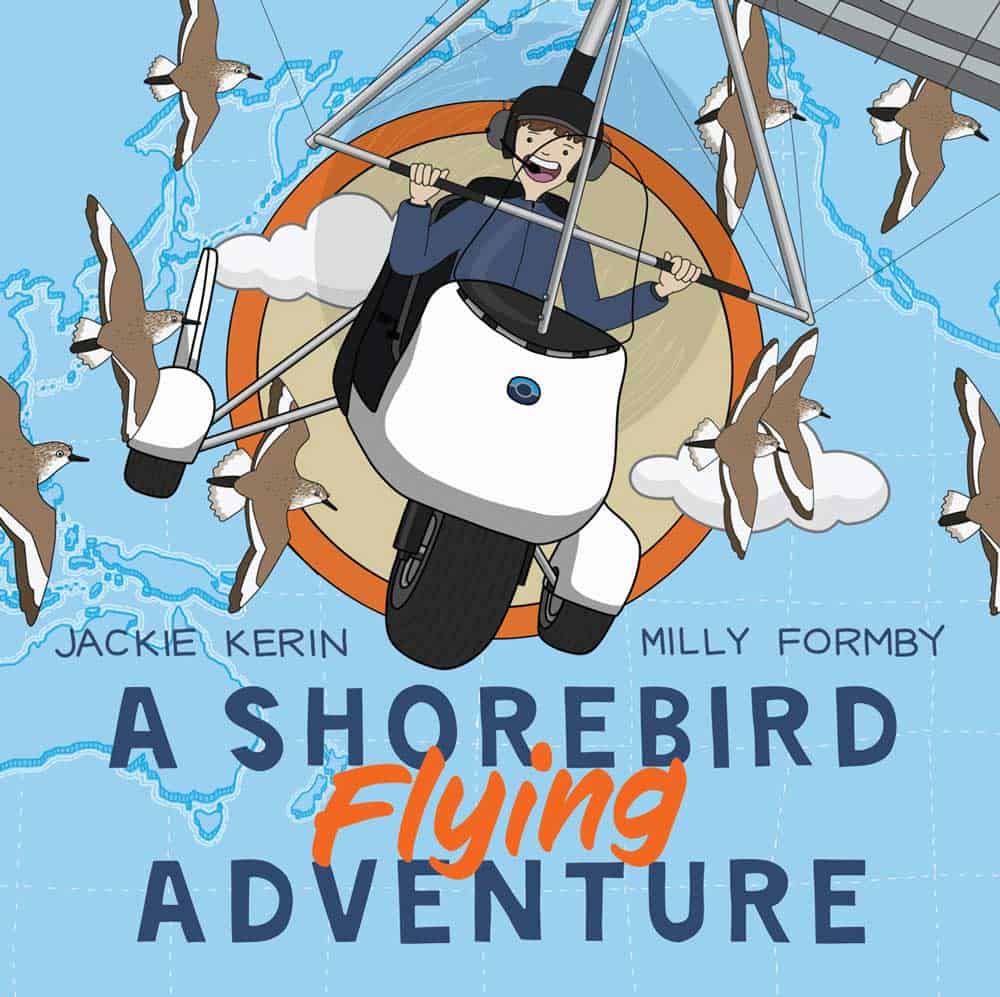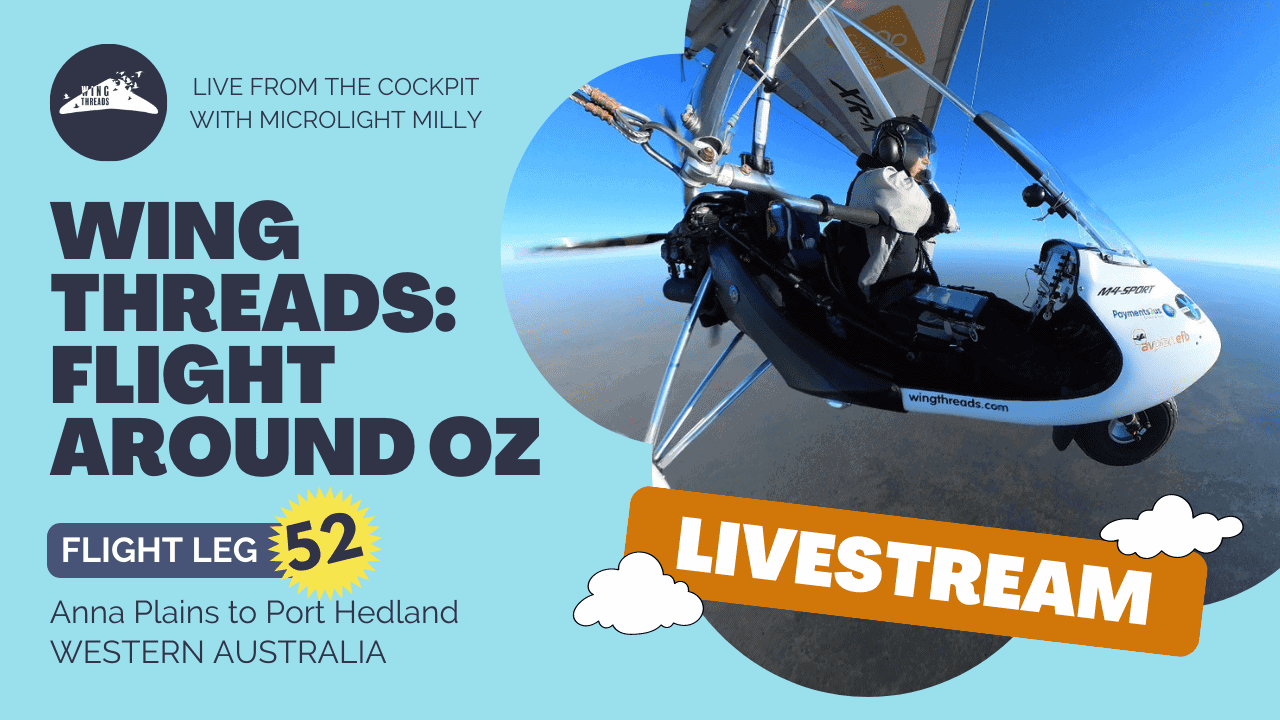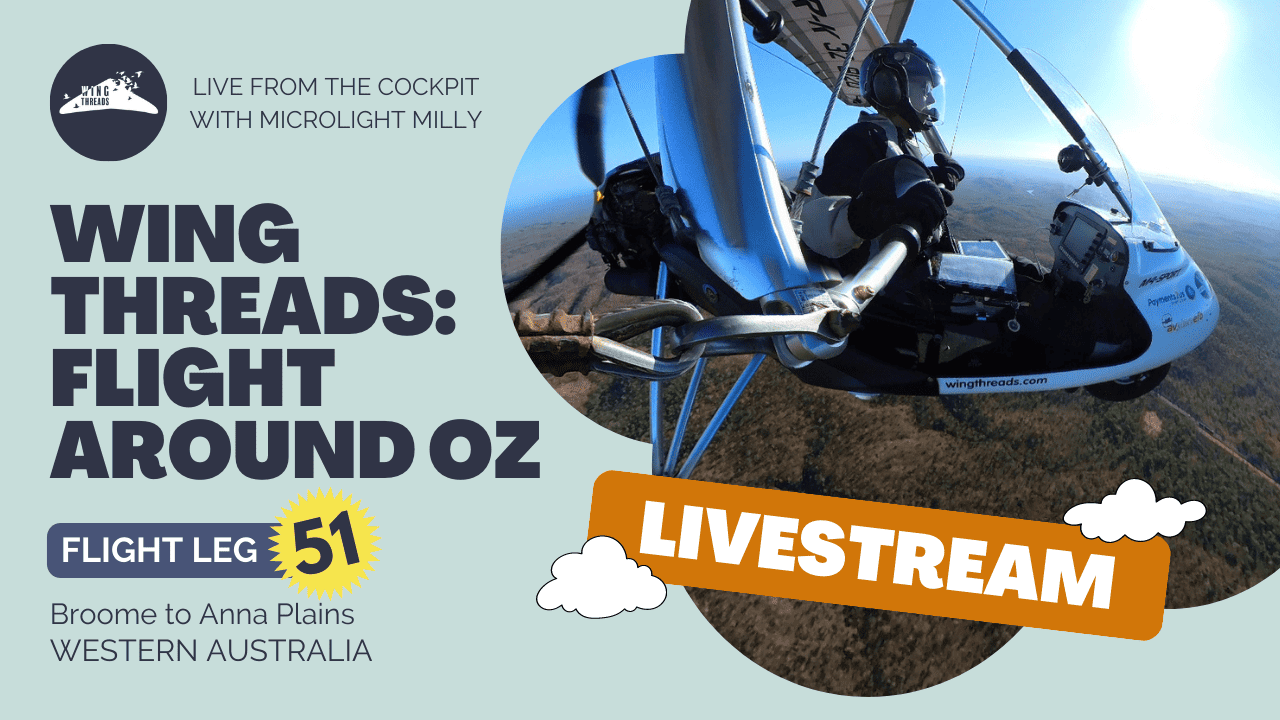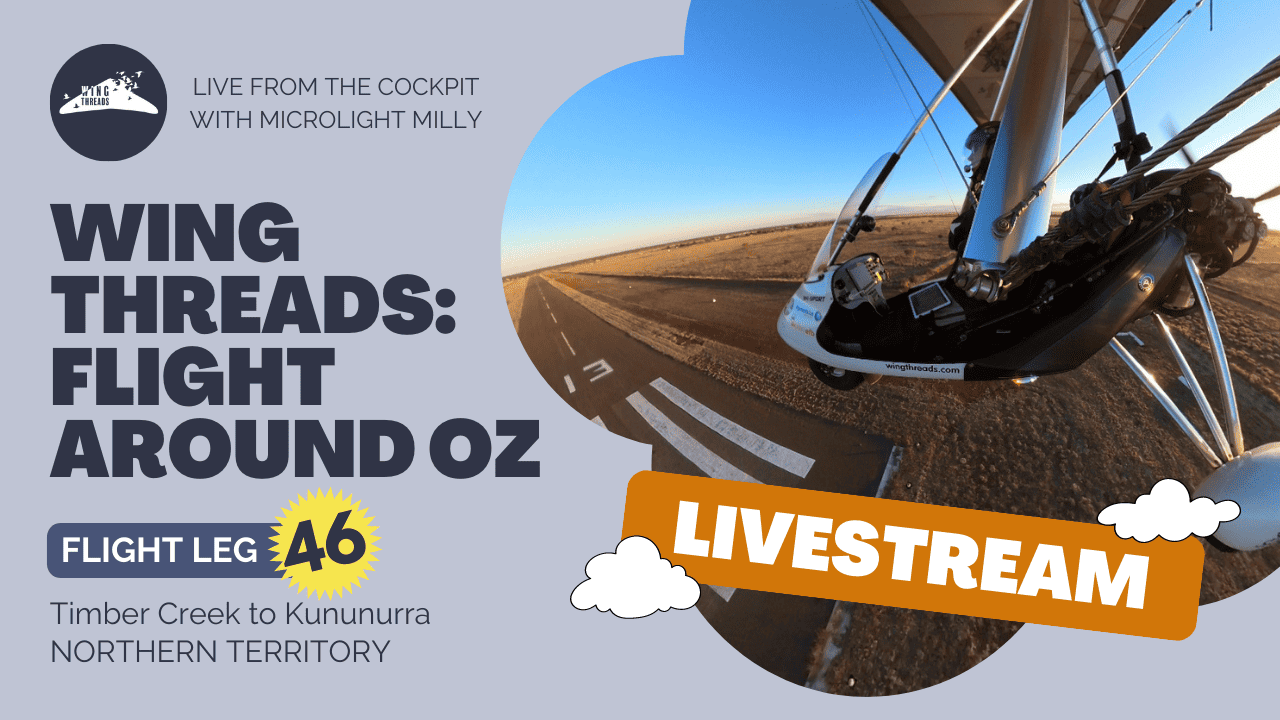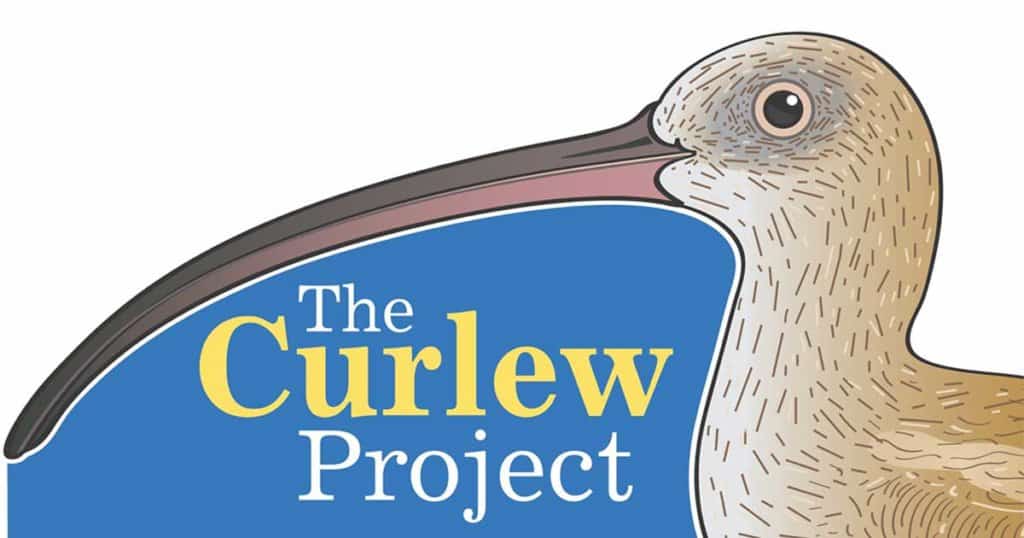
More tags in the bag
During February, the Australasian Wader Studies Group successfully caught and tagged a further 8 Far Eastern Curlew in northwest Australia as part of their annual wader and tern expedition to Broome’s Roebuck Bay.
This brings the total number of tagged curlews in Australia up to 20 birds, with 18 transmitters currently operational:
- Darwin, NT: 2 of 3 tags operational
- Broome, WA: 7 of 8 tags operational
- Koo Wee Rup, VIC: 3 tags
- Moreton Bay, QLD: 6 tags
What an incredible achievement!

Naming of the Curlews: the Wader Women
I wanted to name our tagged Curlew after the women that I have had the pleasure of working with while researching these incredible shorebirds. The Wader Women are an inspirational bunch that have helped me at various stages of fieldwork, writing, analysis and in discussions and decision making.
These Wader Women are just a few special people from the shorebird community that have left an impression on me and I have been fortunate enough to have their support and encouragement. If we had more tagged birds, then we could name each bird after all the amazing volunteers that work so hard in this area.
Our tagged Wader Women are: Grace Maglio, Micha Jackson, Roz Jessop, Prue Wright, Maureen Christie, Birgita Hansen, Milly Formby and Inka Veltheim. Thank you!
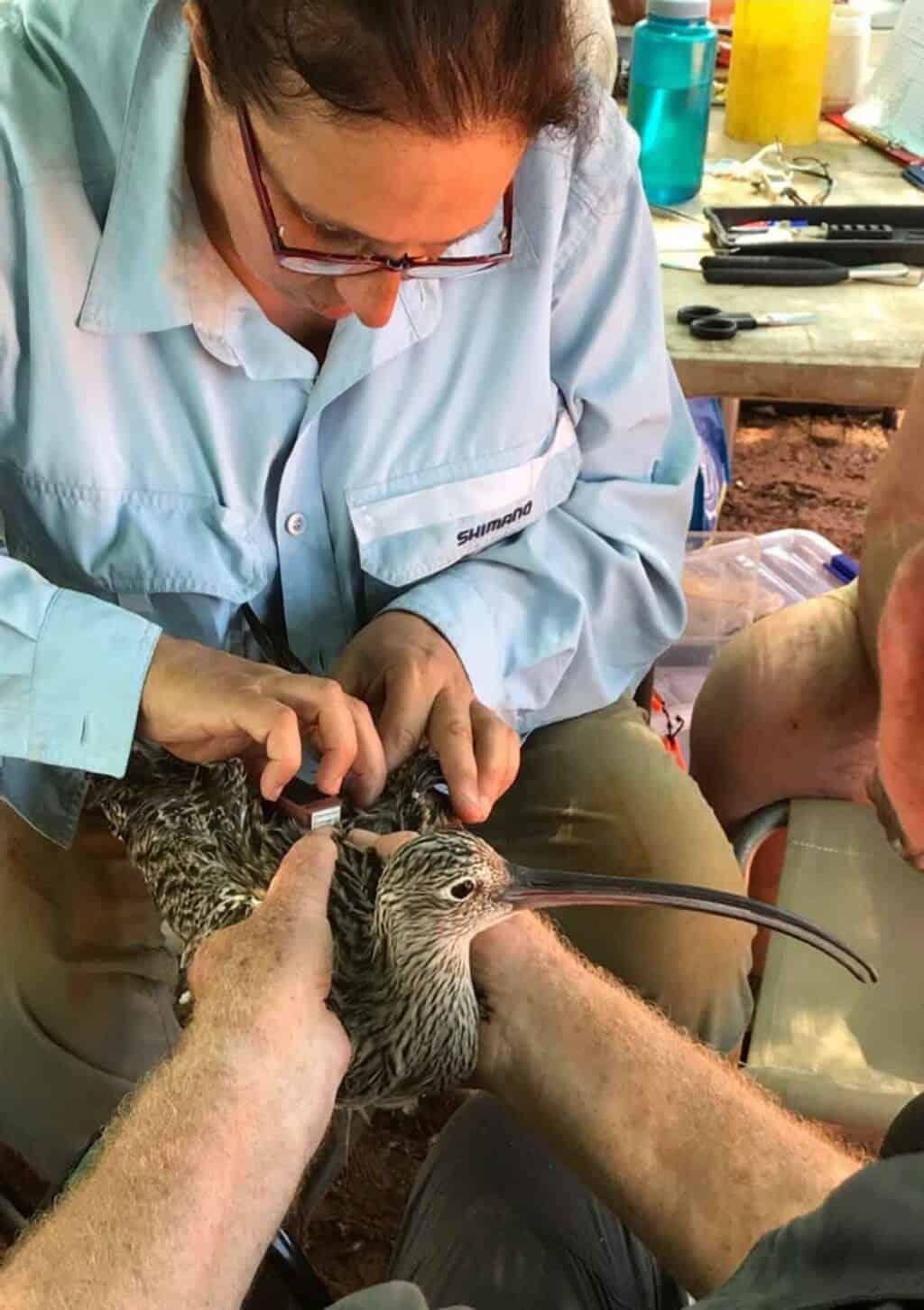
On the move
Far Eastern Curlews in Broome, Western Australia
Here are the movements of the seven curlews captured in Roebuck Bay, WA, over the last fortnight. You will notice that most of the movements are within similar areas. Birds seem to be moving from the mudflats along Crab Creek to saltmarsh ‘out the back’ of the mangroves. A few birds made further movements to roosts west of the Broome Bird Observatory.
NB: ELF = engraved leg flag
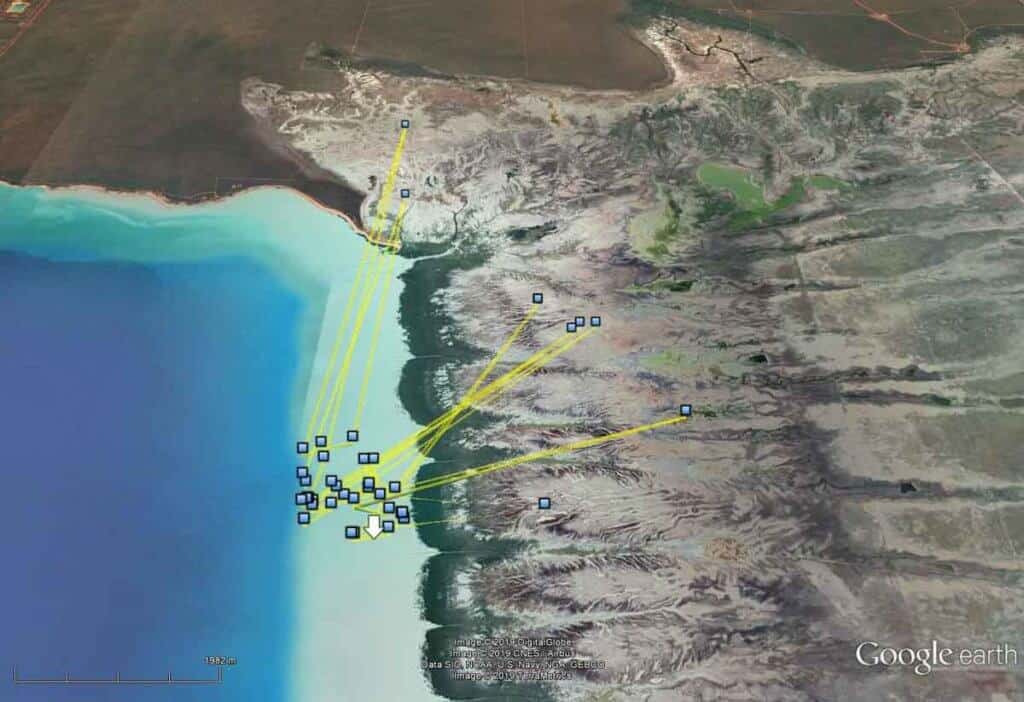
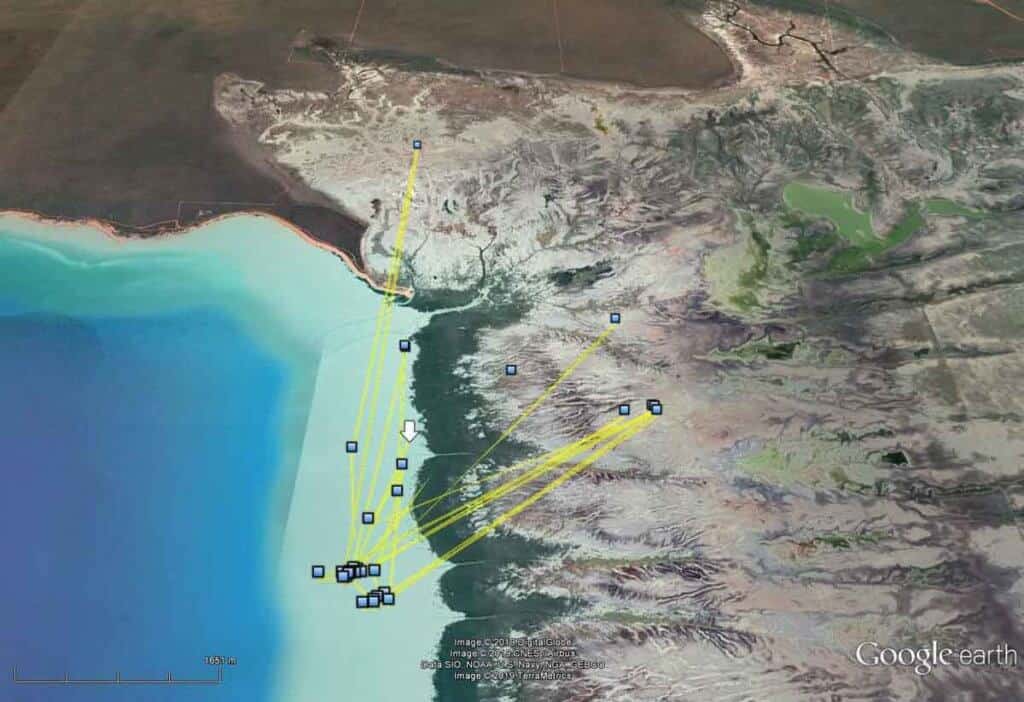

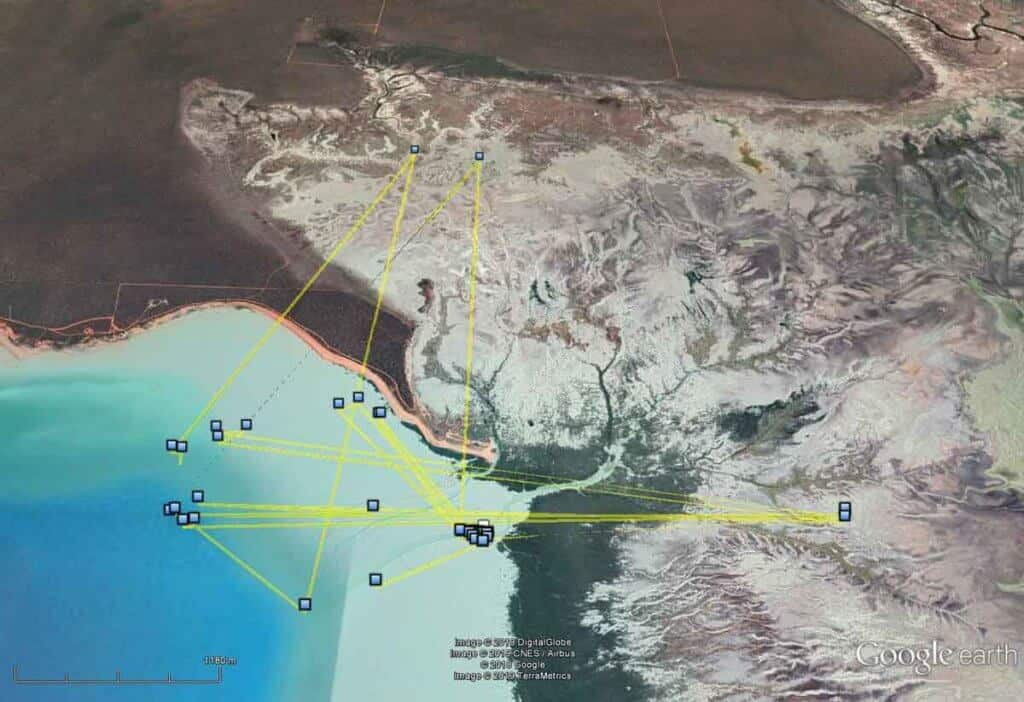
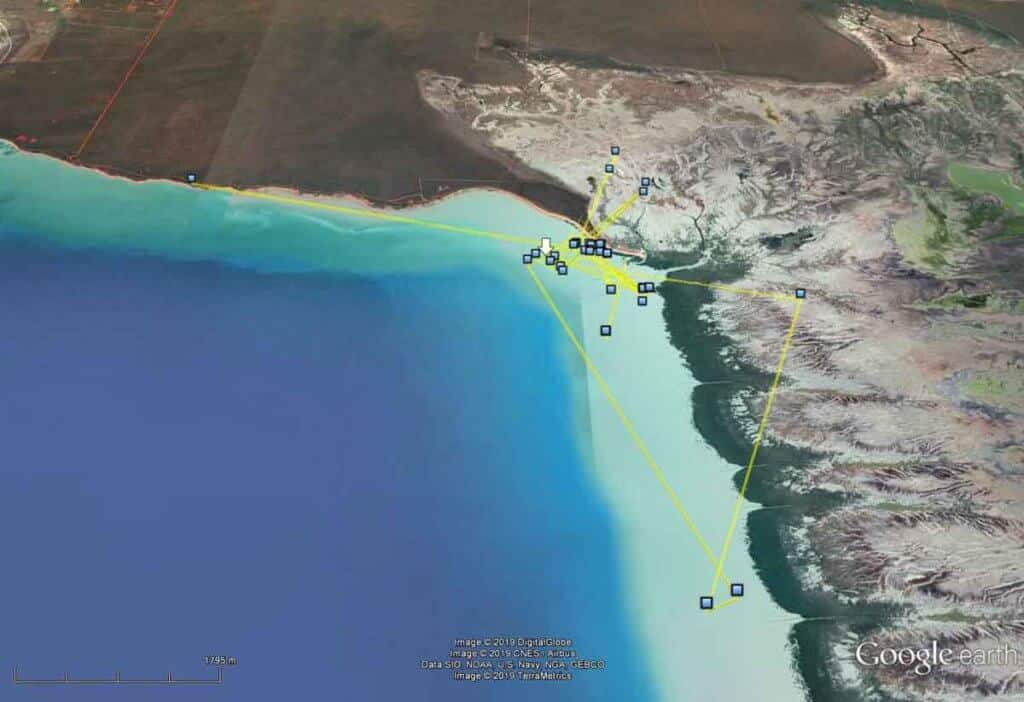
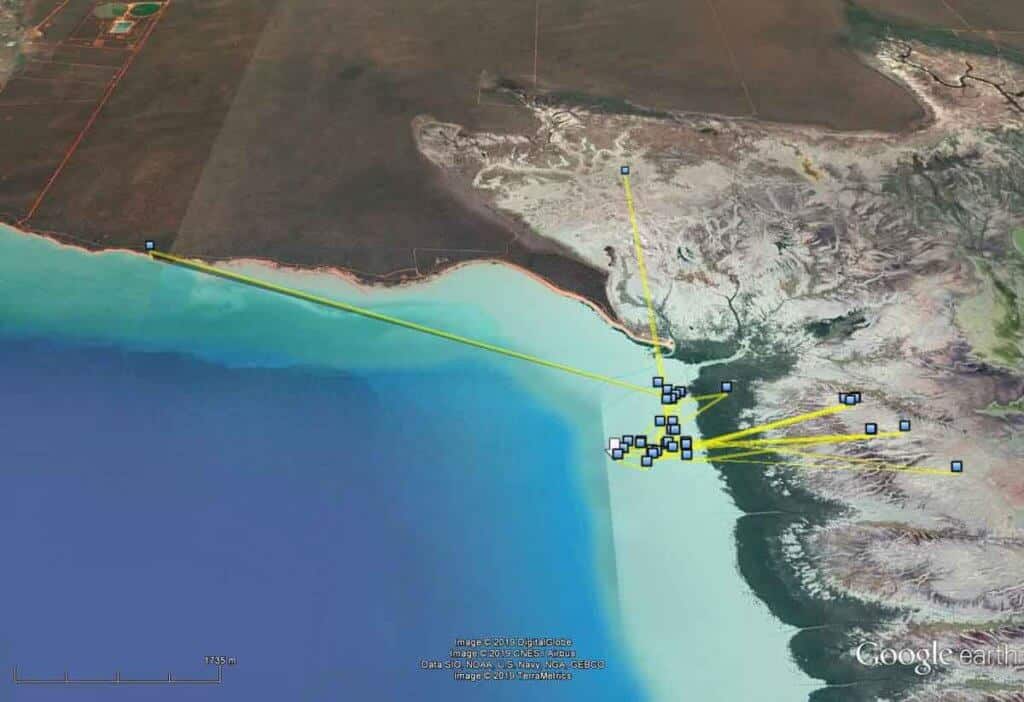
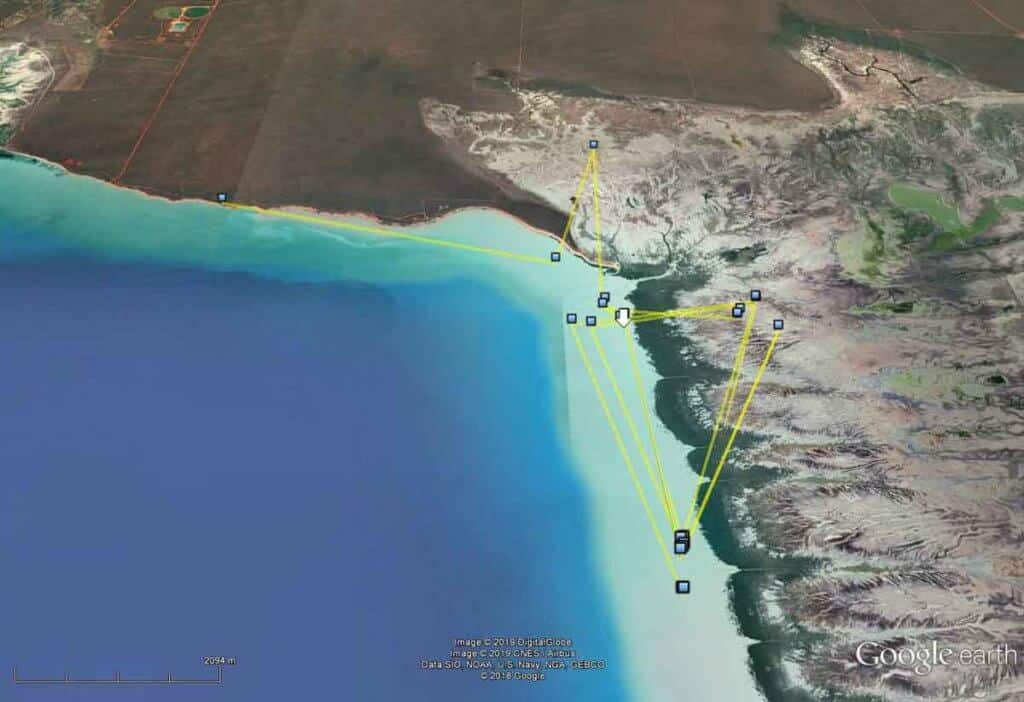
Far eastern Curlews in Koo Wee Rup, Victoria
Since being tagged at the end of January, all three Far Eastern Curlews – named Koo, Wee and Rup – have made regular small movements between Yallock Creek, Jam Jerrup, Gurdies Bay and to mudflats on the eastern side of French Island.
With April closely approaching, we eagerly anticipate the day these birds begin their northward migration!
Thank you to all the people that have been involved so far and continue to be involved in this shorebird journey.
To learn more about the Far Eastern Curlew Project, visit the Threatened Species Recovery Hub.
Acknowledgements
Thanks go to the National Environment Science Programme Threatened Species Recovery Hub, Darwin Port, Larrakia Nation and the Larrakia Indigenous People whose land we work on, The Australasian Wader Studies Group, The Victorian Wader Study Group, the Queensland Wader Study Group, Wader Quest, Charles Darwin University, the University of Queensland, the Quandamooka People, the Boon Wurrung People, the Yawuru People via the offices of Nyamba Buru Yawuru Limited for permission to catch birds on the shores of Roebuck Bay, traditional lands of the Yawuru people, and all the enthusiastic volunteers that put their time into catching and resighting birds.
To learn more about the Far Eastern Curlew Project, visit the Threatened Species Recovery Hub.

